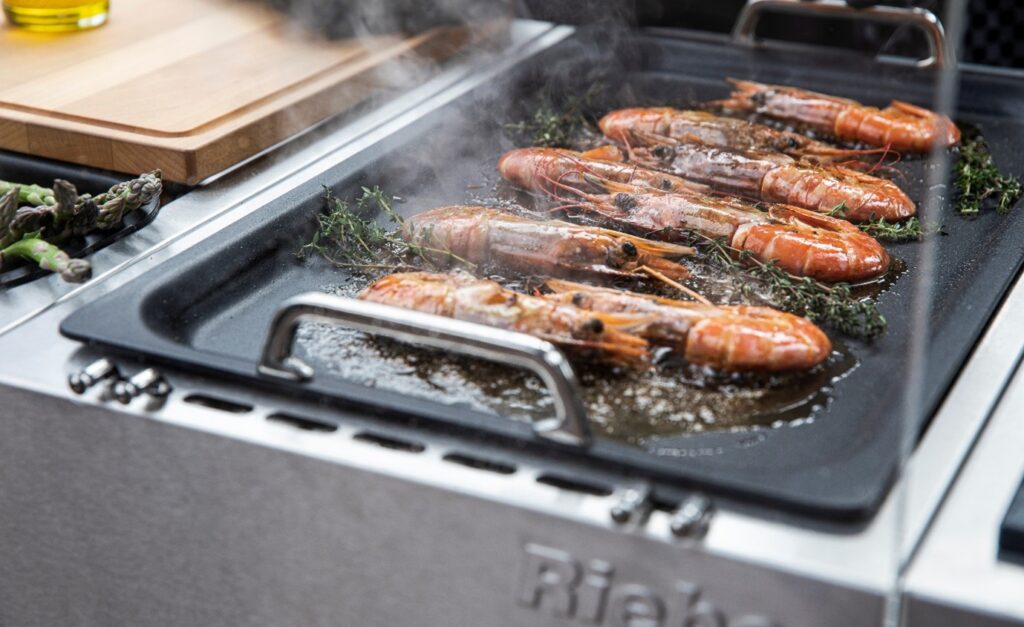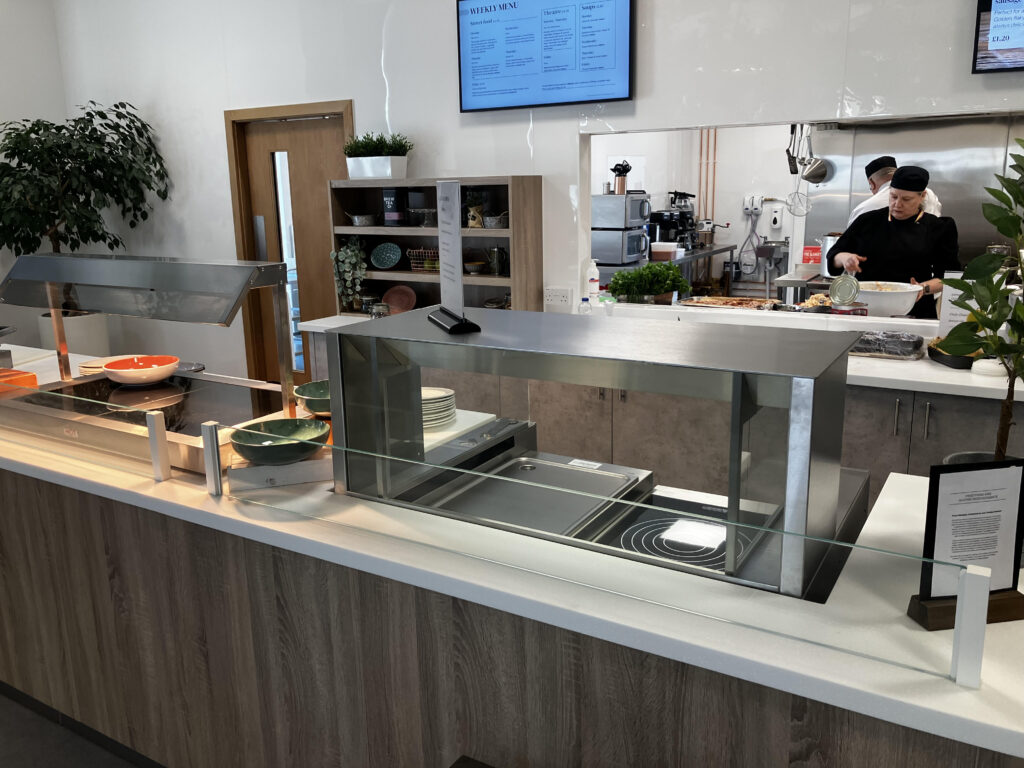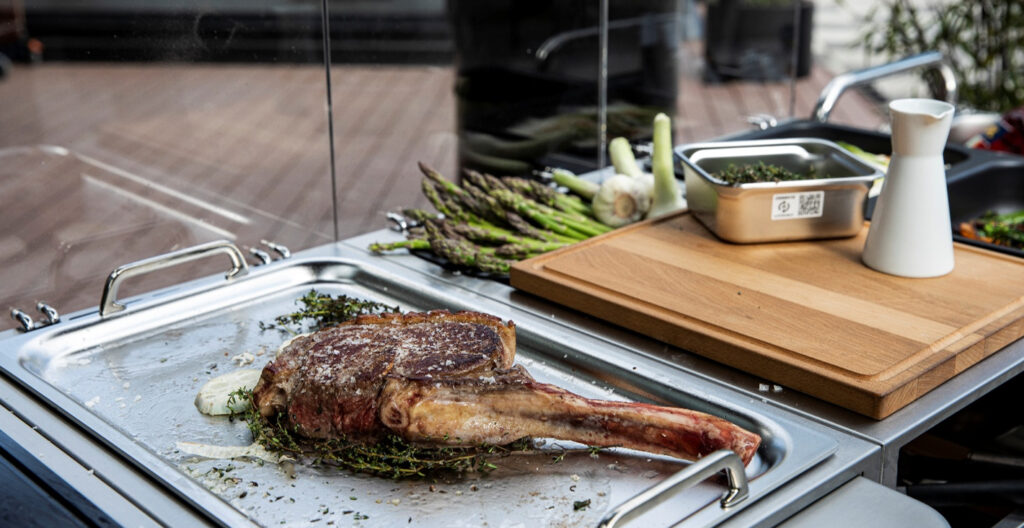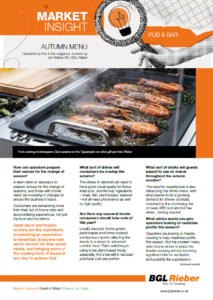
Questions by Pub & Bar magazine, answers by
Jon Walker, MD, BGL Rieber
How can operators prepare their venues for the change of season?
A clear vision is necessary to prepare venues for the change of seasons, and those with a bold vision are investing in changes to ensure the business’s future.
Consumers are demanding more from their out-of-home visits and are prioritising experiences, not just the food and the drinks.
Great decor and theatre cooking are key ingredients to providing an experience to remember. Everyone now wants content for their social media, and bringing some of the cooking front of house is one way to achieve that.
What sort of dishes will consumers be craving this autumn?
The dishes in demand will need to have good visual quality for those insta-pics, and the key ingredients – meat, fish, plant-based, seafood – will all need provenance as well as high quality.
Are there any seasonal trends consumers should take note of this year?
Locally sourced, home-grown, plant-based and home-cooked are key buzz words reflecting the trends to a return to autumnal comfort food. Pubs switching to using more plant-based foods, especially, find a benefit in reduced purchase cost per portion.
What sort of drinks will guests expect to see on menus throughout the autumn months?
The need for experiences is also influencing the drinks menu, with what seems to be a growing demand for showy cocktails, matched by the continuing rise of lower ABV and alcohol-free wines…tasting anyone!

What advice would you give operators looking to maximise profits this season?
Operators are looking to theatre cooking to help maximise profits this season. But the problem many sites face is where to place the theatre cooking without incurring significant bills for ventilation and possibly fire suppression.
One proven solution is to use a self-ventilating front-of-house theatre cooking station, which can also be equipped with optional fire suppression. A choice of cooking modules – wok, hobs, griddles, fryer, and pasta cooker – means pubs can offer a wide menu from their front cooking station.

The self-ventilation works so well, it has to be seen to be believed. At BGL Rieber, we have for example, theatre cooking stations operating daily without any issues in building atriums equipped with both fire and smoke alarms.
Size, in terms of width and depth, is also important because operators use front cooking stations in stand-alone format or set alongside bars or counters. Also popular is setting them into counters to create a dedicated theatre cook station. This is a great way to revitalise an old counter that has worn-out hot-holding equipment but is otherwise in good condition.
Self-ventilation is also a bonus for designers, as self-ventilating front cooking stations can operate in areas with low ceilings or in restricted spaces that are not usually suitable for cooking equipment.
